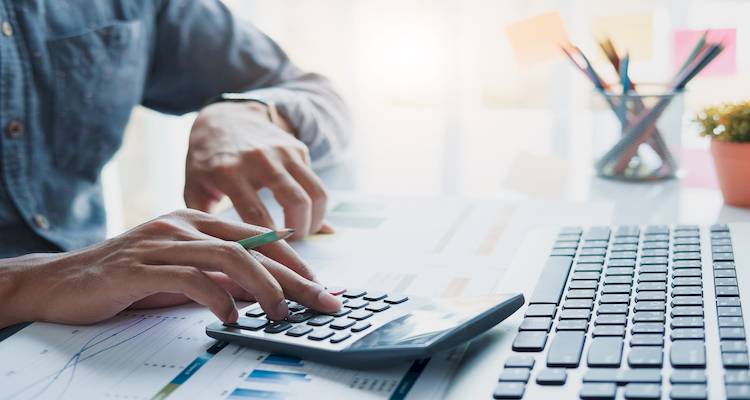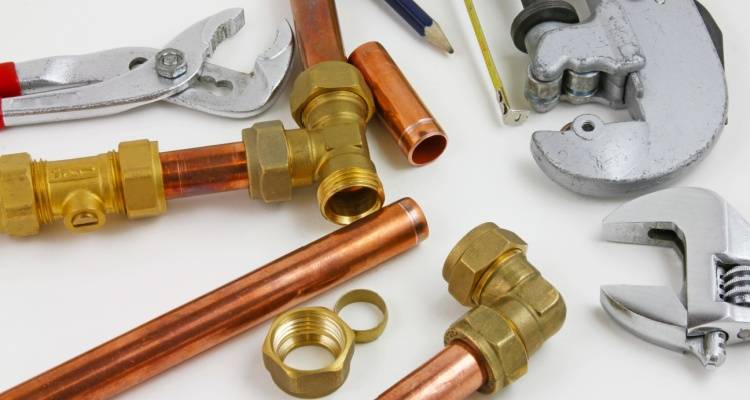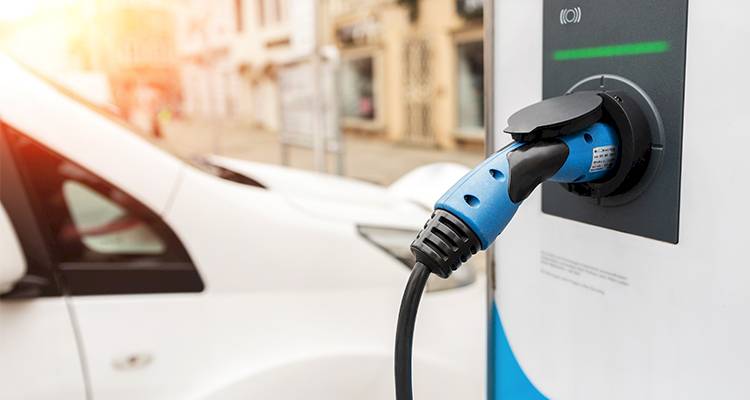Should Tradespeople Register for VAT?
When it comes to starting a new business or becoming a new tradesperson, there are a lot of questions about tax, insurance and VAT as many tradespeople are self-employed and don’t know where to start.
Many business owners are also unsure about VAT and what it means for their company. We are accustomed to seeing VAT applied to products we purchase or anticipating it, but what does it imply for a tradesperson?
Is it necessary for every tradesperson to be VAT registered? What is the value-added tax (VAT) threshold? Is becoming VAT registered a good thing?
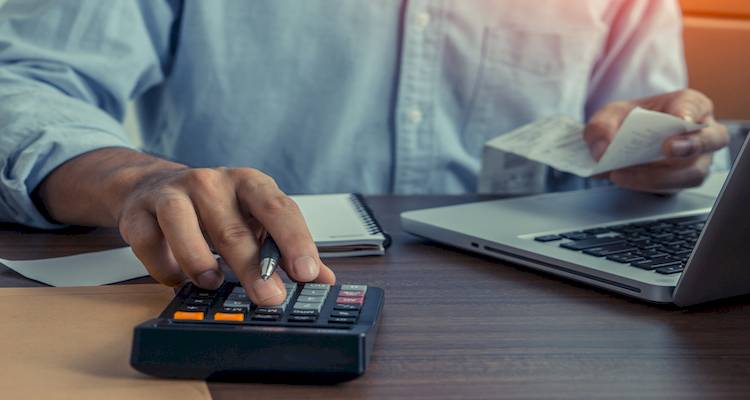
All your questions will be answered within this article as we cover what VAT is, what the new VAT rules are if tradespeople need to register, how to register for VAT, the pros and cons of VAT and how much it will cost to become VAT-Registered.
So, if you are newly self-employed and not sure where to start with your VAT, then this article will give you everything you need to know.
Table of Contents
What is VAT?
VAT is a sales tax that VAT-registered merchants levy on top of the value of the goods and services they sell, but it may be a difficult topic for many individuals.
VAT (Value Added Tax) is a fixed percentage levy applied to some goods and services in the United Kingdom and the European Union. The normal VAT rate for most products and services is 20%, but this might vary depending on the item.
VAT is a sales tax levied by VAT-registered merchants on top of the value of their goods and services. You must register for VAT if your annual turnover reaches the VAT threshold, presently £85,000.
Once you've registered for VAT, you'll need to charge it on goods or services, and once the customer has paid you, you'll pay it to HMRC.
As VAT means value-added tax, it also applies to goods and services sold in the UK and the EU. Different items have different rates of VAT that apply to them. 2.6 million businesses registered for VAT or PAYE in 2019, meaning 45% of the private sector registered.
VAT Rates
There are different VAT rates, and the different rates are a tax imposed on the sale of goods and services in the United Kingdom. It is a form of 'consumption tax,' in that it is levied on products that individuals buy, and it is also an 'indirect tax,' in that it is collected on behalf of the government by businesses.
The standard rate of VAT in the United Kingdom is now 20%, which is the amount levied on most purchases. However, you should be aware of various VAT rates as a business owner, and most goods and services will have standard rates of VAT.
Sanitary products, energy-saving measures, and children's car seats are all subject to a reduced rate VAT of 5%. This includes some goods and services such as fuel and power, children’s car seats and nicotine patches.
Most food, books, newspapers, and children's clothing are subject to zero rates, which is charged at 0 per cent. Even if no VAT is imposed, you must nevertheless record and declare the sale of zero-rated goods and services on your VAT return.
However, you still need to include zero-rated items in your VAT invoices and your tax return as it still goes through the process.
However, as a VAT for a tradesperson, once you've registered for VAT, you can start charging VAT to your clients/customers, and VAT-registered firms must file a VAT return every three months to show they are charging the VAT correctly.
If you temporarily exceed the VAT threshold, you need to register for VAT, and when registering, it doesn't matter if you are a sole trader or a limited company.
However, remember that some items are exempt from VAT, such as insurance, so you don't have to include them in your VAT return. But why are items exempt? When no VAT is charged on a supply, it is called exempt.
This means that non-taxable products and services are not subject to VAT. Insurance, postal stamps, and doctor's services are all examples of exempt items. Supplies that are completely 'beyond the scope of the UK VAT system.
There are a variety of VAT schemes available to businesses, so it's crucial to figure out which one is best for you. The following are examples of typical schemes:
Flat Rate Scheme
This applies to companies having annual revenues of less than £150,000. You pay HMRC a percentage of your turnover with predetermined rates for different industries, but you can't claim back the VAT you spend on purchases under this plan.
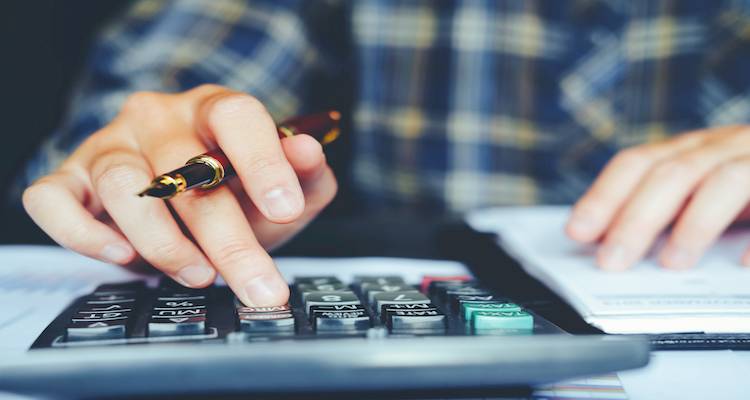
Cash Accounting Scheme
This is typical among small firms because you only have to pay HMRC for the VAT income during the quarter. However, this means you won't be able to claim the VAT back on any bills that haven't been paid.
This scheme is only available to businesses with a turnover of less than £1.35 million.
Annual Accounting Scheme
Instead of filing quarterly returns, this plan allows you to pay your fee in advance throughout the year. Then you file a single VAT return, pay the amount, and get a refund for any overpayments.
Only enterprises with a turnover of less than £1.35 million are eligible.
What Are the Rules for VAT?
VAT can be perplexing for many people, especially if they are unfamiliar with the concept of registering for VAT, filing VAT returns, understanding the various rates, and getting VAT back. If you have an accountant, you must talk to them about registering for VAT if and when it's appropriate, as well as what's necessary.
Many VAT-registered firms save money, and with new regulations, the procedure is getting even easier. A tradesperson is responsible for collecting tax and paying it on whatever transactions they make.
Companies file a VAT report detailing the total they've collected and the total they've paid out within the tax quarter or year, depending on the scheme they use, rather than sending collected VAT to HMRC every time a transaction occurs.
Input and output taxes are the two types of VAT paid and collected. The VAT your firm has paid to its suppliers for business equipment, materials, or expenses is referred to as input tax.
This includes paying for professional services like consulting or accounting and making business phone calls, or purchasing products to resell.
The tax you charge on the goods and services your company provides is known as output tax. You charge and collect the production tax from your clients.
Then you'll have to compare your input tax to your output tax: whether you have to pay HMRC money or not will be determined by how much VAT you charged and how much you paid.
Rates of Value Added Tax (VAT) on goods and services Different things are taxed at different rates by the government.
The Standard Rate
The standard rate of VAT is 20% and applies to most goods and services; anything considered a luxury item also comes into this category, which is why ice cream and confectionary are charged at the usual rate.
The Reduce Rate
Specific products are subject to a reduced rate of VAT. This lower rate is usually 5% and applies to items like children's car seats, household gasoline, and electricity.
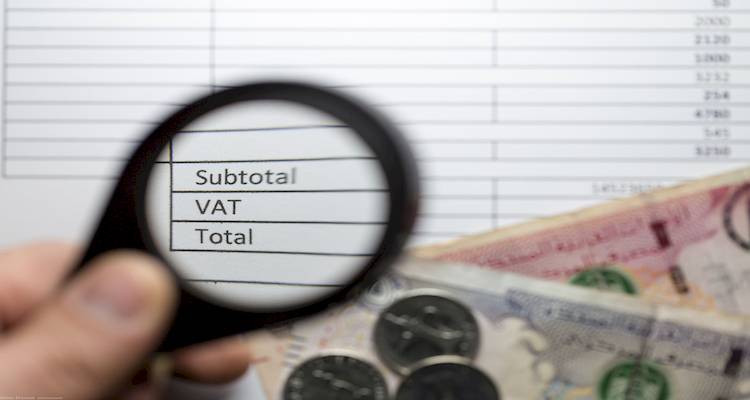
The Zero Rate
The final VAT category is the zero rates, a nominal VAT rate that applies to most food products, books, newspapers, and children's clothing. Typically, anything the UK government deems "vital" fits into this category.
You should expect the regular rate of VAT to be charged to most goods and services unless they are marked as reduced or zero-rated. Even though zero-rated items are still VAT taxable, you must charge your clients the 0% VAT rate. You must still record these items in your VAT return as the law requires.
Exempt Goods
Exempt supplies, which include services in the fields of medicine, dentistry, education, finance, and insurance, are not subject to VAT. Postage stamps and real estate transactions are also exempt.
Exempt items do not need to be accounted for in your taxable turnover, even though the zero rates still applies and thus requires records. Similarly, if you buy exempt things, you won't be able to claim the VAT back from HMRC.
The following items and services are exempt from VAT, according to HMRC:
- Subscriptions to membership organisations selling, leasing,
- Letting of commercial land
- Buildings insurance, finance
- Credit training
- Education fundraising activities by charitable organisations
It's also worth noting that most goods you sell to non-EU countries are zero-rated, as are any commodities you sell to VAT-registered EU enterprises.
Even though the rate does not add a charge to the products, businesses must nevertheless record and report transactions involving these goods and services on their VAT returns.
You may be exempt from VAT registration if you only sell zero-rated goods or services. You must, however, seek an exemption directly with HMRC. You will not be able to reclaim any VAT on any company purchases or costs if you are exempt from registration.
If you only sell VAT-free goods and services, your firm will be VAT-free as well. This means that even if your annual turnover exceeds £85,000, you won't be able to register for VAT, and you won't be able to claim any VAT on company expenses, either.
Do Tradespeople Need to Register for VAT?
As a tradesperson, you may find that registering for VAT (Value Added Tax) saves you a significant amount of money, particularly if you work through a limited business.
Umbrella contractors can also benefit from being VAT registered, though to a smaller level, as your umbrella firm will normally handle your VAT payments. Here we will talk about tradespeople VAT.

You must register for VAT if your limited company's annual revenue exceeds or is likely to surpass the VAT threshold, which is presently £85,000 before tax.
If your business generates more than the VAT threshold and you don't register, you could face punishment from HM Revenue and Customs (HMRC).
As the VAT threshold changes each year, we recommend that you check the threshold on the HMRC website each year to determine if you are above or under the amount. Once you've registered for VAT, you'll have to charge VAT on any services or products you offer.
If You Don’t Meet the VAT Threshold
You do not need to register for VAT if your limited company does not satisfy the VAT threshold. However, a handful of businesses voluntarily register since it can benefit their operations.
Being VAT registered makes your company appear larger than it is, which may impress employers while you're looking for your next contract job. It's also worth noting that some businesses insist on only working with VAT-registered tradespeople who work through their own limited company.
Being VAT registered does have certain drawbacks, the most significant of which is that it may make your prices less competitive because you must charge VAT in addition to the regular price of your goods or services.
For example, if you invoice a company for £1,000, you must charge VAT on top of that, bringing the total to £1,200. Another option is to reduce your costs to account for the higher VAT charge, leaving you with less money in your pocket.
If you're not sure if registering for VAT is the appropriate move for you, talk to your accountant.
Flat Rate VAT
For many contractors, the Flat Rate VAT Scheme has transformed how they think about VAT. The government introduced the programme to make VAT simpler for small firms. It is especially useful to those who provide a service and hence do not have a lot of company expenses, such as contractors.
Those that participate in the Flat Rate VAT Scheme charge VAT at the usual rate of 20% on their invoices but only must pay HMRC at a reduced rate. Previously, the amount you paid was decided by the type of service you provided under the Flat Rate VAT Scheme.
Contractors who fall into the new 'limited cost trader' category, on the other hand, will be liable to the 16.5 per cent charge.
A restricted cost trader spends less than the following on relevant goods:
- Less than 2% of their total revenue (including VAT) or
- Less than £1000 per year, but larger than 2% On HMRC's website, you can see if you match the requirements.
How Can a Tradesperson Register for VAT?
In this section of the article, we will go through how a tradesperson registers for VAT, so if you are looking to register, this guide will make it an easy process for you.
After you've paid your taxes, you can keep all your business profits. You are individually liable for any losses your company incurs. You must also follow certain guidelines when it comes to running and naming your company.
To register as a sole trader, you must inform HMRC that you will be paying tax via Self-Assessment. Every year, you'll have to file a tax return.
To register as a VAT tradesperson, you'll need to do the following:
- Keep track of your company's sales and expenses.
- Every year, you must file a Self-Assessment tax return and pay Income Tax on your profits, as well as Class 2 and Class 4 National Insurance - To help you budget for this, utilise HMRC's calculator.
- If you're relocating to the UK to start a business, you'll need to apply for a National Insurance number.
To register for VAT, you will need the following information before you begin:
- National Insurance (NI) number, sometimes known as a ‘tax identification,’ is a unique reference number assigned to each taxpayer.
- Details on the certificate of incorporation/incorporation
- Information on all related businesses in the last two years
- Information about your business’s bank account
- If applicable, information on the business that was transferred (bought).
Register Online
You can register for VAT online via HMRC's website unless you have special circumstances, such as trading internationally or being part of a group.

You must first register for HMRC Online Services or the Government Gateway to use the VAT online services.
Please note that a self-employed partnership's nominated partner, as well as a company group with a single VAT number, can now utilise HMRC's online system (this was previously not available).
Sending Paper Form
You can use form VAT1 to register in various situations, which can be downloaded from HMRC's website. These are some of them:
- If you need a "registration exception," it means you're registering many divisions or business units under distinct VAT numbers.
- You've decided to participate in the Agricultural Flat Rate Scheme.
Regardless of whatever path you take, all newly VAT-registered businesses must submit their VAT returns and payments electronically.
This has been the situation since April 1, 2012, when it was extended to almost all VAT-registered enterprises, not simply those who had just registered. So, once you've received your VAT4 (certificate of registration), go to HMRC's website and register for VAT Online Services.
If your annual turnover exceeds £85,000, you must register for VAT. If your firm requires it, you can register voluntarily if it benefits you, such as if you sell to other VAT-registered enterprises and want to reclaim the VAT.
If you operate as a subcontractor or contractor in the construction business, you must register with HMRC for the Construction Industry Scheme (CIS).
You can either trade under your name or adopt a different name for your company, and your name does not need to be registered. On formal papers, such as invoices and letters, you must mention your name and your business name (if you have one).
The legal necessity to register for VAT should not be viewed as a negative; it indicates that you have a strong revenue stream and have achieved financial success.
Remember that if you aren't registered for VAT, you won't be able to charge or claim VAT on everything you sell or buy.
When you register for VAT, the most important thing to remember is to keep records and accounts with all applicable invoices and receipts.
If you are unsure about submitting and completing the VAT registration process and handling all following VAT concerns, you should hire a professional accountant.
Creating a Business Name
Trade names must not contain the following words:
- 'Limited', 'Ltd', 'limited liability partnership', 'LLP', 'public limited company', or 'plc' are examples.
- Be obnoxious be the same as a trademark that already exists
Unless you acquire permission, your name cannot contain a 'sensitive' phrase or expression or suggest a relationship with the government or local authorities.
The Pros and Cons of VAT Registration
VAT-registered businesses apply the tax to the retail price of these goods. On the other hand, VAT-registered enterprises can usually recoup the VAT they paid when purchasing goods or services.
And, because there are always two sides to every storey, let's have a look at both sides of the VAT coin and weigh in on the benefits and drawbacks of being VAT registered (voluntarily).

The Advantages of VAT Registration
The examination of the merits and cons of VAT registration appears to be immaterial because the £85,000 amount for VAT registration is a legal threshold.
However, there are some benefits for businesses seeking voluntary VAT registration (which, of course, also apply to companies that are legally compelled to register for VAT):
You Can Get a VAT Registration Number
Although it may not seem thrilling, posting your VAT registration number on all of your documents, website, and stationery can help your business. This might help your company gain a reputation and project a more trustworthy and professional image.
Good for Marketing
VAT-registered small enterprises can improve their image by seeming more credible. This will appeal to their customers and their clients, investors, suppliers, and others who may believe the company is making more than £85,000 due to VAT registration.
Can Opt-in for VAT Registration
Before your firm crosses the £85,000 barrier, you can register for VAT. When you do this ahead of time, you save the pressure and stress of doing it on the spur of the moment, and you also have more time to change your rates, estimates, and invoices.
Claim VAT Refund
Once you've registered, you'll be able to claim the VAT back on all of the items and services your company purchases. This must be evaluated against what your company charges and receives in VAT payments throughout the year.
You may be eligible to reclaim a significant amount of VAT if you have invested in equipment, plant, machinery, or information technology.
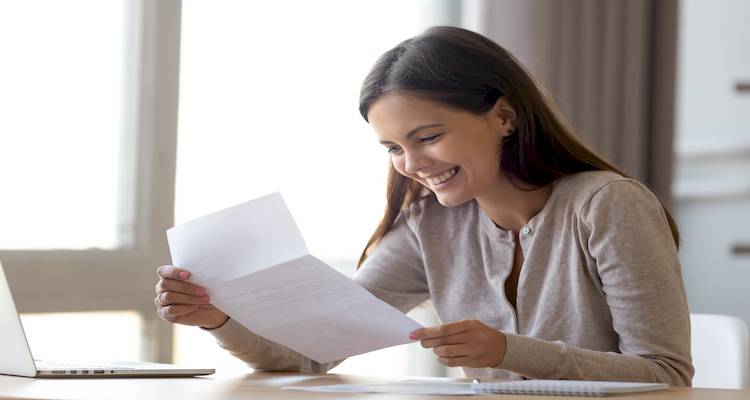
When it comes time to file your VAT return, you might be surprised to learn that the HMRC sends you money!
Reclaim VAT From the Past
You may be able to claim VAT for products that you haven't used in the last four years if you register for VAT. This would necessitate you having been in business for a certain amount of time and keeping VAT invoices and records for that period.
The result of this "reclaiming" of VAT is more of a reduction in what you owe the VAT man from your tax collecting efforts than the money paid back to you. You got VAT from your customer and then used it to offset what you paid in VAT while completing the work, lowering the amount you have to pay to HMRC.
This adds up over time, making many of the items you want to buy for your business that much cheaper (20 per cent today).
The Disadvantages of VAT Registration
If your company's turnover is less than £85,000, you won't have to bother about the following, seemingly disadvantageous, aspects of VAT registration.
As a result, if you analyse the benefits and drawbacks of becoming VAT registered and find that the following disadvantages much outweigh the benefits, you should disregard the option of voluntary VAT registration:
Some Clients Mightn’t be VAT Registered
Because some of your clients and customers may not be VAT registered (and so unable to recover VAT on purchases), any products or services you sell with VAT may be excessively expensive or unreasonable for these customers.
Can Get a Big Bill
If you produce more VAT on products and services that you sell than you paid on products and services purchased from other companies, HMRC could slap your company with a large tax.
Can Maintain Strict Admin Requirements
VAT-registered businesses must adhere to strict administrative requirements, including recording and documenting all VAT invoices and receipts and filing their VAT returns every three months. For VAT-registered businesses, such paperwork is unavoidable.
Expensive
The most significant disadvantage of VAT registration is becoming more expensive. This is unavoidable because you must now add 20% to every pound you charge your clients to perform your new position as an unpaid tax collector for HMRC.
Extra Paperwork
The second major drawback is that VAT registration necessitates the submission of quarterly VAT returns. As your firm will need to retain and keep VAT invoices and receipts, additional paperwork and administration will be essential. Frequently, this entails additional fees from your accountant.
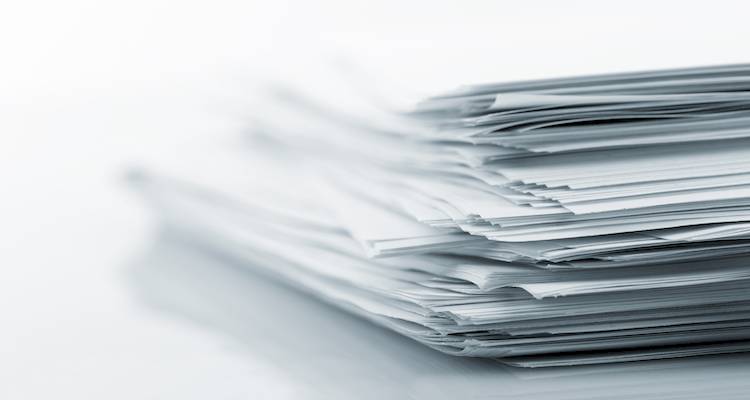
How Much Does It Cost to Become VAT-Registered?
You must register for VAT if your annual turnover exceeds £85,000 (the VAT threshold). You can, however, choose to register your company voluntarily.
Registering for VAT ensures that you are ready to expand as a firm and allow you to reclaim VAT on purchases. There is no charge for VAT registration; you can either hire an accountant or file your return yourself.

As we've seen, VAT is an indirect tax collected on behalf of the government by businesses. This means you'll have to factor it into the prices you charge clients for goods and services.
It's critical to do this correctly at the time of sale to complete an appropriate VAT return and pay any money owed to HMRC.
Invoices must include the following information:
- A number assigned to an invoice
- The date of the invoice (and the date the goods and services were supplied if this is different to the invoice date)
- Your business's name and address
- Number of your VAT registration
- Name and address of the customer
- A list of the items and services that are covered.
Make the following points clear for each item on your invoice:
- The unit price does not include VAT.
- The amount of
- The VAT rate is calculated as follows:
- The total amount to be paid, excluding VAT.
- The amount of VAT that must be paid
- Any kind of monetary discount
Conclusion
Overall, registering for VAT is a good idea if you have a business as contracts with VAT-registered enterprises are more likely to be accepted by many companies. Adding a level of legitimacy to your firm by registering for VAT might give it the image of being larger and more solid.
However, most people often don't go towards registering for VAT as it can be a lot of effort. However, you can hire an accountant to help you out with the work, allowing you not to have anything to worry about.
You do not, however, have to utilise a VAT-registered contractor. A receipt or invoice that does not include VAT is adequate for your business records. A tradesman who does not charge VAT is doing so legally; he does not need to register for VAT if his yearly revenue is less than £77,000.
However, there was a dispute in the headlines about a statement made by a Treasury minister who argued that paying cash to a craftsman to avoid tax is morally wrong.
Therefore, as it is not a legal requirement, it is recommended because of the advantages, and it can save you a lot of hassle further down the line.
Sources
https://www.electriciancourses4u.co.uk/useful-resources/guide-to-vat-for-tradespeople/
https://www.kashflow.com/uk-vat/
https://entrepreneurhandbook.co.uk/understanding-vat/
https://nixonwilliams.com/free-resources/contractor-tax/vat-basics
https://www.simpleformations.com/blog/the-4-big-benefits-of-being-vat-registered.html
https://www.yourcompanyformations.co.uk/blog/pros-and-cons-of-being-vat-registered/
https://startups.co.uk/tax/how-to-register-for-vat/


